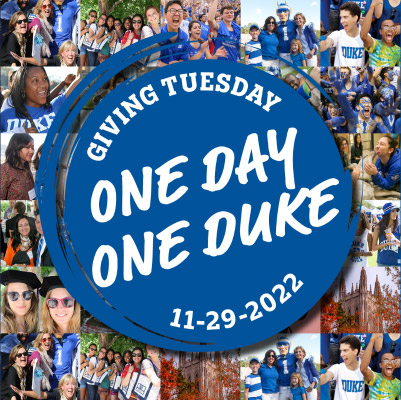Simulate the Human Heart? Without Missing a Beat
Simulate the Human Heart? Without Missing a Beat
Duke's Amanda Randles is increasing successful outcomes for patients by modeling their hearts with supercomputers.
Babies born with a heart defect called hypoplastic left heart syndrome (HLHS) need to have heart surgery in the first few days of their lives. That's because the chamber of the heart responsible for pumping oxygenated blood to the body didn't develop normally and is too small and weak for the task.
Surgeons rejigger blood circulation with a shunt so that the right ventricle can pump blood to the body. This is in addition to the heart doing its own job of sending blood to the lungs to get oxygenated. Adding the shunt is the first of three surgeries babies will need before they turn two to three years old.
Placing that first shunt is complex, as is the decision about exactly where to place it. It can be placed in one of two locations, which change the heart architecture in different ways. The two options both have pros and cons related to providing adequate blood flow to the body while not interfering with the growth of the vessels leading in and out of the heart.
Today, surgeons have to rely on their judgment and clinical skill to decide which strategy would work best for each individual baby and their unique heart, both to save the baby's life in the near term and to set the stage for successful second and third surgeries.
One day soon, surgeons may have a new tool to help them make this decision. Biomedical engineer Amanda Randles is creating a computer program that simulates blood flow in a virtual three-dimensional heart based on images and data from a baby's own heart. She calls it a “personalized flow simulation.”
Randles, who is the Alfred and Victoria Stover Mordecai Assistant Professor of Biomedical Sciences, says, “By using this tool, surgeons can try different shunts to see which is best even before they get into the operating room. It allows them to do virtual surgery, increasing the chances for a successful outcome.”
Randles first uses CT, MRI, and angiography scans to create a three-dimensional virtual model of the patient's heart vessels, then uses code to model the behavior of blood pulsing through the vessels. Blood is not a homogenous fluid, nor does it move in a steady stream, Randles says, so to take these factors into account, she creates a computer model so detailed that it simulates the movement not just of the blood as a whole, but of individual red blood cells as they move. She calls this “sub-cellular resolution.”
And that means solving a lot of physics equations at a lot of discrete points in the virtual system. “You're modeling billions and billions of fluid points,” she says.
Solving all those equations over and over again as the simulated blood moves through the vessels requires tremendous computing power, so Randles uses some of the biggest computer systems in the country, including the Summit supercomputer at Oak Ridge National Labs, the second most powerful system in the world.
Randles uses her computer program in other ways too — for example, to help cardiac surgeons decide whether to insert stents in adult patients with narrowed arteries. Here again, the personalized model leads to the best decision for that individual.
And she's also working on a virtual reality system to improve the user interface and help surgeons see the virtual heart and blood movement in three dimensions.
Randles enjoys working at the intersections of disciplines, specifically biology and computer science, with the goal of developing new tools to improve healthcare. Collaboration with clinical colleagues provides inspiration and direction.
Pediatric cardiologist Piers Barker couldn't agree more.
“It's been an incredible collaboration with Dr. Randles because we on the clinical side understand the patient and what happens to them, but we don't have the expertise or engineering or physics background to do the computational fluid dynamic analysis,”
oBarker says. “She's found a really unique solution to the incredibly complex problem.”
Randles work has been facilitated by the proximity of Duke's medical school and the main campus. It's only a 10-minute walk between the two professors' offices. Randles and Barker have published a proof of concept and are now working to validate their strategy on a larger scale and get it into clinical practice, where Barker believes it will indeed improve health care.
“We're no longer looking at idealized or theoretical anatomy, but patient-specific anatomy,” Barker says. “The promise of this technology is that it gives us the potential to be able to personalize and customize the care we give to each individual baby.”
